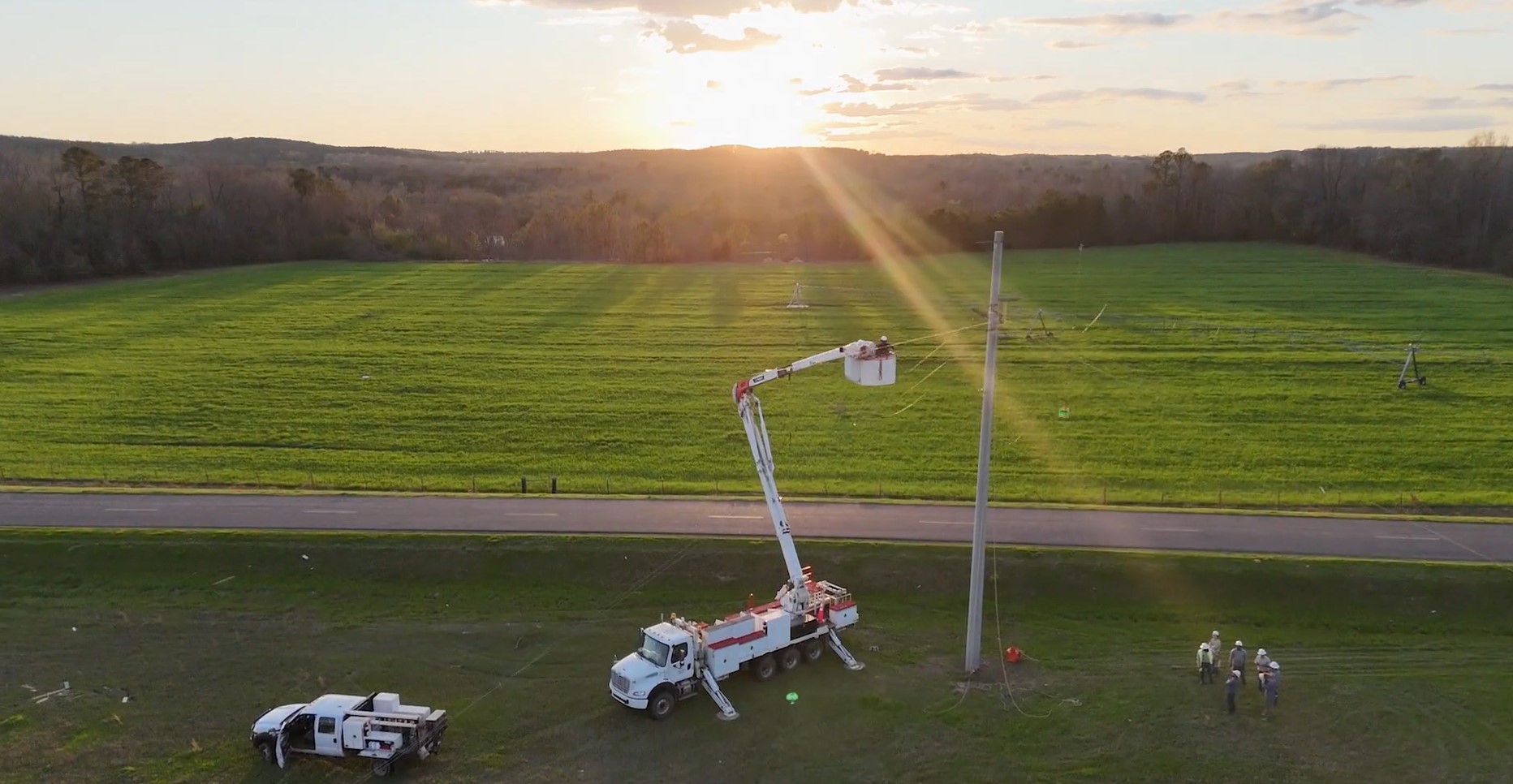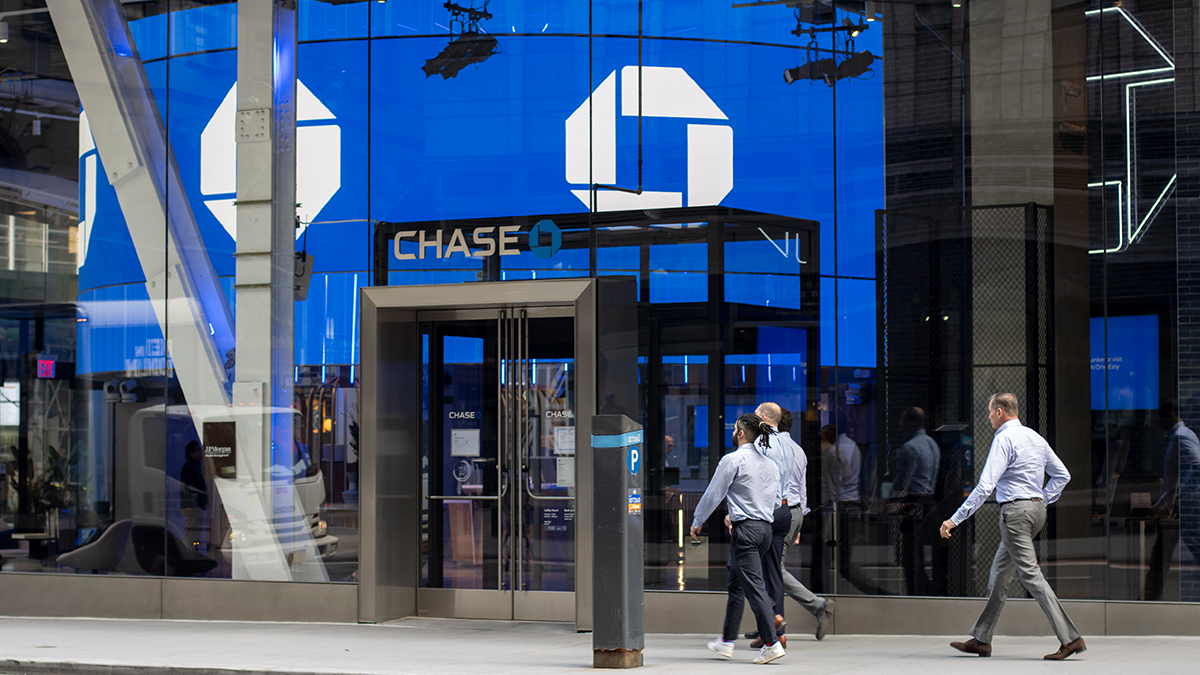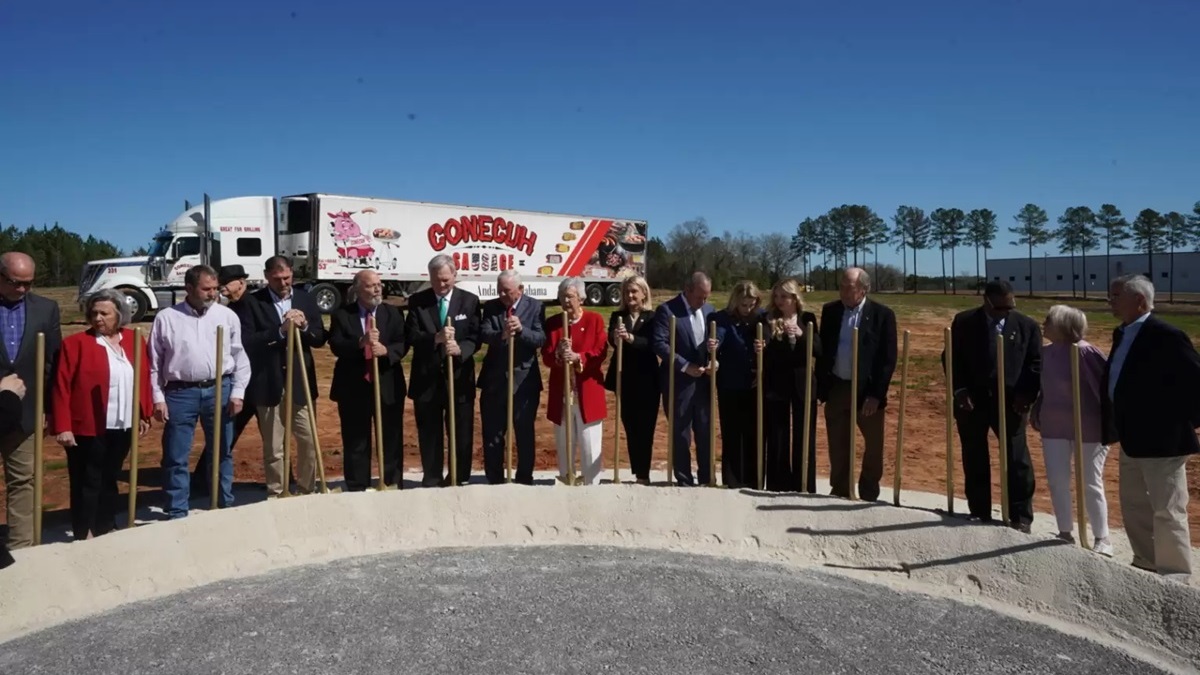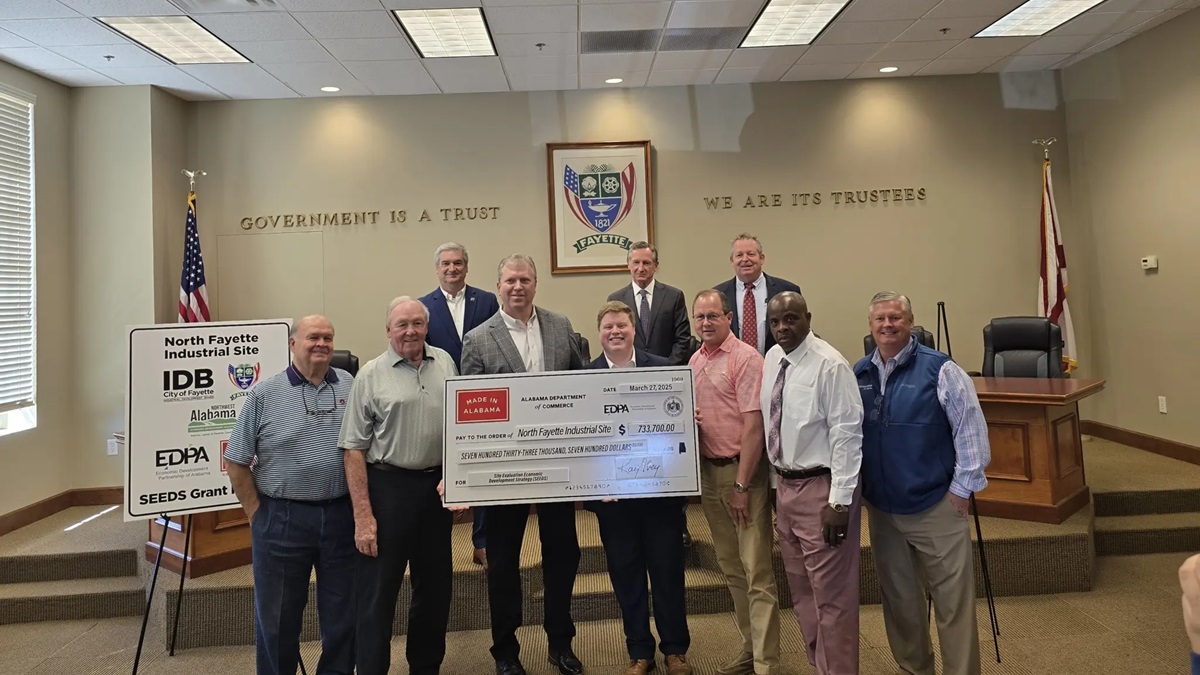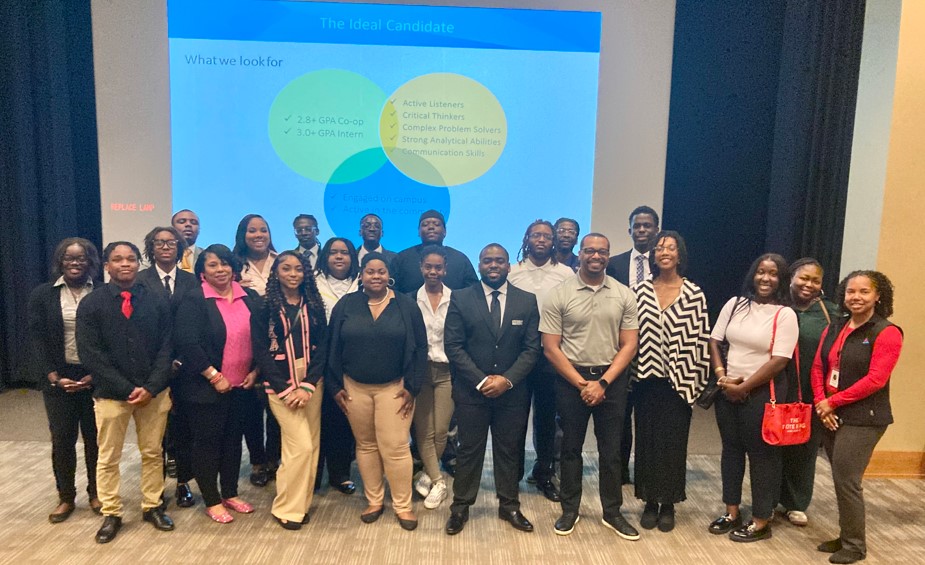How the BJCC brings magic, millions of visitors to Birmingham

Tad Snider, BJCC president and chief executive officer, stands outside Legacy Arena at the Birmingham-Jefferson Convention Complex as construction begins on the arena. (Mark Almond/The Birmingham Times)
In the heart of downtown Birmingham sits the Birmingham-Jefferson Convention Complex (BJCC), a sports, convention and entertainment facility that has attracted millions of people to the Magic City in the past decade, said BJCC Authority Executive Director and CEO Tad Snider.
“Whether they’re here for a concert, a Broadway show, a meeting for their company, a consumer [event] or some type of function related to the BJCC, well over a million people have come through every year,” Snider said. “Every city of any size has all these venues, [but] they’re not all clustered together in one central area like we are.”
With plans that will transform the complex, the city and the region, the BJCC is now preparing for millions more to come through Birmingham.
“We’re looking at renovating our 43-year-old arena, adding a football stadium to the mix of venues that make up the BJCC and laying the groundwork to take that successful building and position it to be even more successful for another 40 years,” Snider said during a recent tour of the grounds.
The 45,000-seat, $174 million Protective Stadium will soon dominate the eastern edge of the BJCC campus in downtown Birmingham; it will be situated between 22nd and 24th streets north, right across from the Uptown Entertainment District and adjacent to the Topgolf event venue. The architect, Kansas City-based Populous, has designed more than 150 college stadiums, and the one for Birmingham incorporates that experience.
“I think the stadium is going to be an asset to the community, but Birmingham has its own magic and its own energy,” said Snider, executive director and CEO since 2011. “These projects will complement all of that and create new opportunities in terms of sports and entertainment and convention business.”
Legacy Arena at the BJCC will close sometime next spring for renovations that include adding suite levels and club spaces, enhancing food and beverage facilities, and installing escalators and elevators. Both the stadium and arena are scheduled to be completed in fall 2021. Site work has already begun on the stadium, and construction bidding for both projects will happen later this year.
Impact
Several events can be underway simultaneously at the BJCC. Snider pointed to the recent Magic City Classic as one example.
“You get a nice cross section of … the community with different types of events. … Completely different consumers or people from our community can enjoy the complex at one time,” he said. “You can have [radio personalities] Tom Joyner and Rickey Smiley and their shows going on. … You could have a concert in the arena that has a demographic of maybe young pop music [fans] but at the same time have a Broadway show at the concert hall with a different demographic of consumers.”
Between 900 and 1,000 events are held at the BJCC every year, with several events on an average day.
“A meeting room with three people can count as one event or a concert hall with 15,000 people in it can count as one,” Snider said. “There’s a wide range of different sizes across those 900 or so events, but there is something going on here every day.”
In addition to bringing together different groups of people, all of these events have an economic impact of somewhere between $205 million and $220 million a year, Snider said, “and that remains a pretty steady economic impact to the Birmingham area every year.”
The BJCC also creates hundreds of jobs. About 125 to 130 people work for the facility, and that doesn’t include part-time employees and contracts with services that employ people in the community for events at the complex.
“Whether they work for our food-and-beverage provider, our event-staffing provider as a ticket taker or usher, our parking service or whatever, on a busy weekend there are easily 1,000 people working here, especially if there is an arena event going on,” Snider said.
Conventions differ in number but easily account for about 30 to 35 percent of BJCC business every year.
“There are several of those a month, and they vary in size: There may be a local or statewide organization, such as a teachers’ union, or there may be regional or national groups,” said Snider. “Of course, we do a few national conventions, but the exciting thing is what’s happening in Birmingham overall. As [the city] moves itself to the next level through these investments, it elevates its profile, reputation (and ability to attract) business.”
Arena renovations and new stadium
Renovations of Legacy Arena will occur in two parts: the interior and the exterior, said Snider. Some areas that didn’t exist in a building in the mid-‘70s, including different seating types, will be added.
“There will be a suite level of the building that doesn’t exist today. For people who don’t want to sit in their seats the whole time, there will be club spaces where they can watch games or concerts. There also will be enhanced food and beverage opportunities over what we have now,” Snider said, adding that the sound system will be replaced, and the flooring, color scheme and seating will look different, too.
“We’re really kind of starting over, moving walls around, expanding, adding capacity. The entire service area for sports events or concerts will be reworked, even the loading dock will be different,” he said, noting that the arena’s refurbished lobby will have escalators and elevators to help visitors get in and out of the building quickly.
For the exterior of the building, there will be add-ons, as well as a modernized glass-and-steel façade to bring it up to date, he said.
“The southwest side — the corner of 19th Street and 9th Avenue, where there is now a hill with some large trees — will become our new primary entrance,” he said. “There also will be a pre-event plaza that will open up toward (City Walk BHAM).”
The proposed CityWalk BHAM will stretch for 10 blocks beneath the newly constructed Interstate 59/20, from 15th Street North to 25th Street North. The 31-acre space will provide better pedestrian connections to several downtown attractions and nearby institutions, including the Birmingham Civil Rights Institute, Birmingham Museum of Art, Alabama School of Fine Arts, BJCC and the soon-to-be-built Protective Stadium.
Designs for the stadium, which were recently presented to the BJCC board, incorporated additional details of the interior and exterior, as well as the 45,000-capacity seating plan. The stadium will include club spaces and special box seating and have a modern glass-and-steel façade to match Legacy Arena.
Just the beginning
With a refurbished Legacy Arena and the new Protective Stadium, Snider believes this could all be just the beginning for the BJCC.
“We’re at the very infancy of this,” he said. “But a few years down the road, when construction is finished, events and activity are occurring, and some of the redevelopment that’s in the planning phases now becomes reality, every part of the North Birmingham corridor going up Carraway Boulevard will look completely different than it does today — in a way that really complements Birmingham.”
Primary funding for the Protective Stadium came from the BJCC Authority, the city of Birmingham, Jefferson County, Protective Life Corp. and the University of Alabama at Birmingham (UAB). That teamwork bodes well for the future of Birmingham, said Snider and other area officials including Mayor Randall Woodfin.
“When you look at advancements in other cities, it’s all centered around the city’s ability to do joint public-private partnerships,” Woodfin said. “You show me a city that has successful projects around public-private partnerships, and I’ll show you a progressive city that people want to live in, play in, work in and be in … because of its progress.”
This story originally appeared in The Birmingham Times and on its website.















